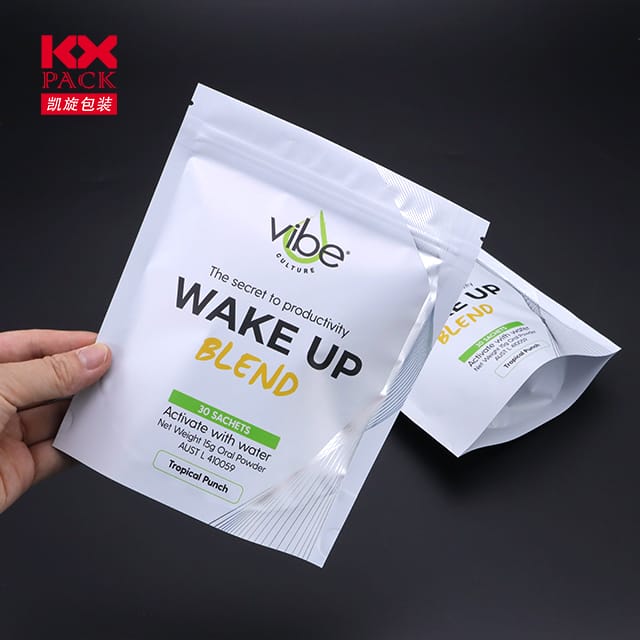The Evolution of Chip Packaged Film: From Protection to Performance Enhancement
رقاقة معبأة فيلم
In the fast-paced world of semiconductor technology and snack food innovation, Chip Packaged Film has emerged as a critical component that bridges functionality, حماية, وتجربة المستهلك. Whether safeguarding delicate microchips or preserving the crispness of potato chips, this specialized film technology is evolving to meet the demands of modern industries. Let’s explore how Chip Packaged Film is reshaping packaging across two vastly different yet interconnected sectors.
1. Semiconductor Industry: The High-Tech Shield
In electronics, Chip Packaged Film refers to advanced materials and techniques used to encase semiconductor devices, ensuring their performance, متانة, and thermal management. As chips become smaller, أسرع, and more complex, packaging films must adapt to support these innovations.
Key Trends:
- 3د & 2.5D Stacking: Modern films enable multi-layer chip stacking, reducing footprint while improving signal integrity. على سبيل المثال, System-in-Package (SiP) solutions integrate logic, memory, and RF components into a single compact unit, relying on high-precision films for electrical insulation and heat dissipation.
- Fan-Out Wafer-Level Packaging (FOWLP): This technique distributes interconnects across a larger area, enhancing thermal performance. Films here act as a protective layer, shielding chips from physical stress and environmental factors like moisture.
- الاستدامة: Leading manufacturers are adopting eco-friendly films, such as biodegradable polymers or recycled materials, to reduce carbon footprints. على سبيل المثال, some companies are exploring carbon-neutral packaging processes aligned with global sustainability goals.
Market Impact:
The semiconductor packaging market is projected to grow from30.76biLLأناسن2023رس45 مليار من قبل 2035, driven by AI, 5G, and electric vehicles. Innovations in film technology, يحبflip-chip bonding وadvanced underfill materials, are key contributors to this expansion.
2. Snack Food Industry: Freshness Meets Functionality
For potato chips, المكسرات, and other snacks, Chip Packaged Film is a multi-layered barrier designed to preserve taste, نَسِيج, and shelf life. This film must balance flexibility, قوة, and barrier properties against oxygen, رُطُوبَة, وضوء.
Key Features:
- High-Barrier Laminates: Modern snack films combine materials like حيوان أليف (البوليستر), aluminum foil, و PE (البولي إيثيلين) to create impermeable layers. على سبيل المثال, a typical chip bag might use:
- Outer printing layer (حيوان أليف): For vibrant branding.
- Metalized or foil layer: Blocks oxygen and light.
- Inner sealant layer (PE/CPP): Ensures airtight closure.
- Convenience Enhancements: Easy-open tabs, السوستة القابلة لإعادة الاستخدام, and stand-up pouches are now standard, improving user experience and reducing food waste.
- Sustainability Shifts: Brands are transitioning to compostable films (على سبيل المثال, جيش التحرير الشعبى الصينى, PBS) or recycled content to appeal to eco-conscious consumers. Some companies report a 30% reduction in plastic use by optimizing film thickness without compromising performance.
Market Dynamics:
The global snack packaging market is booming, with innovations likehigh-speed automated packing machines وanti-fogging films (to prevent condensation inside bags) driving efficiency. Consumers now expect packaging that’s not just functional but also visually appealing—a trend fueled by social media and unboxing culture.
Cross-Industry Parallels: الابتكار في الصميم
Despite serving different markets, both semiconductor and snack industries share a common goal: pushing the boundaries of material science to deliver superior performance. على سبيل المثال:
- Miniaturization: Semiconductor films enable smaller, more powerful chips, while snack films allow for portion-controlled, on-the-go packaging.
- Thermal Management: In electronics, films dissipate heat; in snacks, they prevent sogginess by blocking humidity.
- التخصيص: Both sectors demand tailored solutions—whether it’s a film for a high-frequency 5G chip or a gluten-free snack pouch.
The Future of Chip Packaged Film
نتطلع إلى الأمام, we can expect:
- أفلام ذكية: Embedded sensors in semiconductor packaging could monitor chip health in real time, while snack films might use مؤشرات درجة الحرارة الزمنية to ensure freshness.
- Hybrid Materials: Combining organic and inorganic layers to create films that are both conductive and biodegradable.
- تكامل الاقتصاد الدائري: More brands will adopt reusable or recyclable films, aligning with global zero-waste targets.
استنتاج
Chip Packaged Film is far more than a protective layer—it’s a catalyst for innovation. In electronics, it enables the next generation of AI and IoT devices; in snacks, it redefines convenience and sustainability. As industries continue to evolve, so too will the films that support them, proving that even the smallest components can drive massive change.
Whether you’re munching on chips or scrolling through a smartphone, take a moment to appreciate the unsung hero: the packaging film that makes it all possible. 🌍✨







